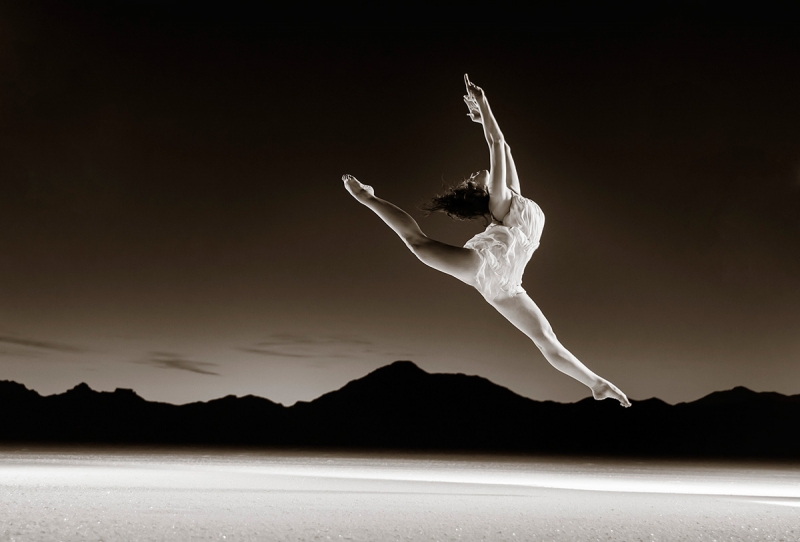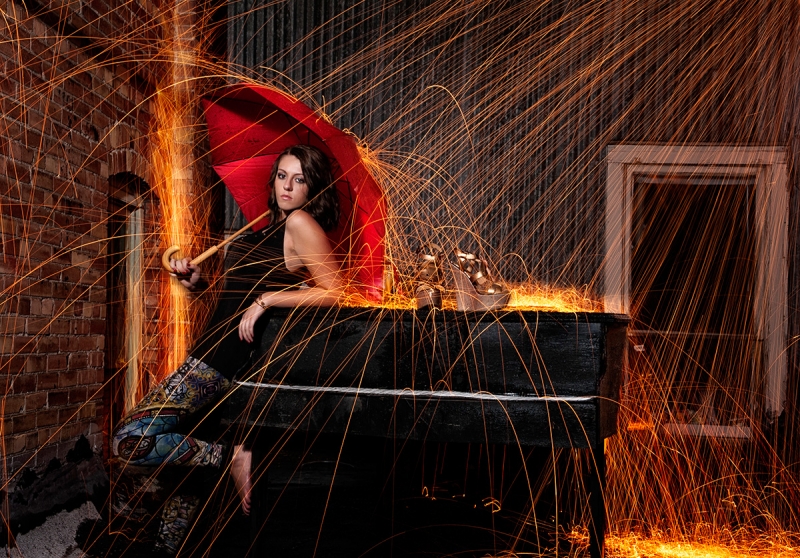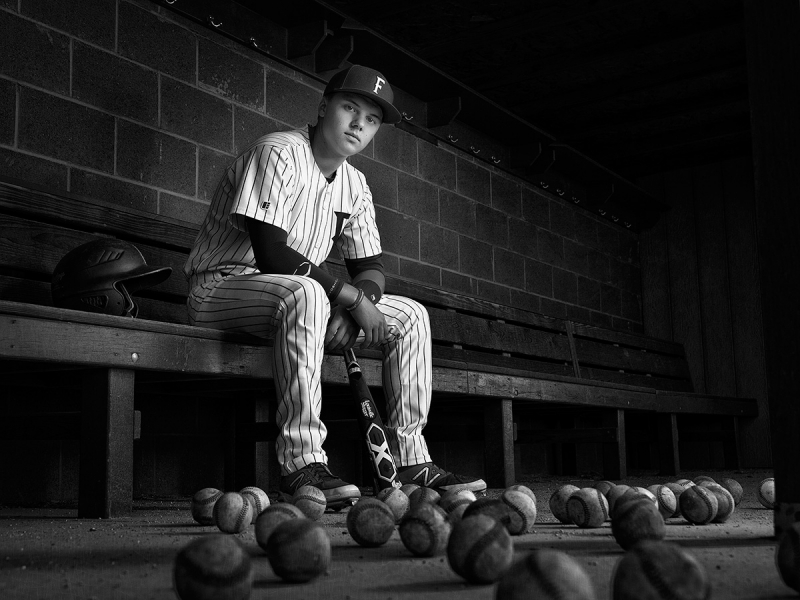What you didn’t know you didn’t know about senior portraits
9 tips for creating a booming high school senior portrait business from photographer Travis Gadsby
• December 2015 issue
Travis Gadsby’s career has come full circle. For about 10 years, from the early 1990s to the early 2000s, Gadsby, CPP, and his wife ran a busy portrait studio in Twin Falls, Idaho, focusing on high school senior portraits. The long hours weren’t an ideal match for raising small children, however, so when the Gadsbys started adding to their family, they sold their studio and opened a retail store selling backdrops and other photographic gear. Then in early 2014, the owner of a local studio that had become the go-to for senior portraits approached them about buying in and taking over. The Gadsbys jumped back into the seniors game, assuming ownership of the studio. They rebranded, retooled, and reconfigured their lives as senior portrait photographers once again.

Returning to the senior portrait market, the Gadsbys quickly discovered that things were different. Clients’ service expectations had changed, the buying mentality had changed, and perhaps most significant, the mindset of seniors had changed. The Gadsbys dug deep into the marketplace to work out how a modern senior portrait studio could adapt and survive—indeed, flourish—in a constantly changing environment.
“What I thought I knew about photography needed to be reexamined,” he says. “There are new lighting techniques, new shooting techniques with high ISOs, different enhancement methods through digital imaging, and a completely different way of marketing to and interacting with high school seniors. With these changes in mind, I adapted my entire style and approach to the business into something that is much more relevant in today’s market. So far, the results have been very good.”
LESSONS FROM THE RETOOLING
Social media is no longer your golden ticket to the senior market. There were a few years when photographers could effectively reach and communicate with seniors on social media such as Facebook and Twitter. However, as those networks became mainstream, high school students migrated to new platforms that are very difficult to use as marketing vehicles. Trying to chase teens from one network to another is next to impossible, so your best bet may be going back to more traditional marketing methods. “We’ve found the best success in getting out in our community, running direct mail promotions, and maintaining a strong, visible local presence,” says Gadsby.

The senior mindset changes constantly. Seniors are on a short news cycle. Things are only relevant for a week or so. Word-of-mouth marketing used to be as simple as getting some good senior models who would tell all their friends about your work. But it’s not that easy anymore. Photographers’ best tool for survival today is re-invention every couple of years. You have to change things up constantly and find new ways to stay on the radar.
Seniors want attention, but they don’t want to promote. Seniors don’t want to be a tool for your business. Look at social media. It’s all about sharing, but it shies away from direct promotion. That’s similar to a high school senior’s mentality. Find a way to incentivize seniors to share their experiences with your studio without the experience feeling promotional to them, and you’ll be a step ahead of the game.
Seniors tune out marketing. Media has been redesigned and customized to allow a nearly ad-free user experience. You can fast-forward TV commercials. You can skip online ads in seconds. And kids are adept at identifying and discarding native advertising and other promotional material that’s mixed in with the content they consume. If you want to reach them, communicate in a genuine way.
Senior portrait marketing is shifting back toward the parents. For many of these reasons, marketing for senior portraits is shifting back to parents. If kids are harder to reach or, worse yet, uninterested, then the more viable market may be the parents. “To reach this group, we are stressing how your time with your high school student is limited before he or she is out of the house,” says Gadsby. The parents may have a better appreciation for the tradition and importance of senior portraits.

The perception of value is changing. One of the greatest challenges for senior portrait photographers is proving your value. Photographers aren’t competing against each other so much as they are competing against a growing mentality among seniors that portraits are no longer an important event. And even those who want portraits are increasingly turning to friends or other non-professionals to handle the job. “The fact is, seniors take pretty darn good photographs with their phones, and they know how to do a lot of different things with those images,” says Gadsby. “So we have to constantly reinforce why you need a professional photographer. We have to show people what we can do for them that they can’t do for themselves—things like big, wide-angle shots, unique lighting, different studio techniques and effects. A lot of my images now are crazy, like water being splashed around, kids in a pool, wild lighting. These kids are bombarded by images every day. To stand out from that, it takes something different.”
Swim against the stream. “My advice to photographers: Look around at what’s going on in your community and do the exact opposite,” says Gadsby. “When everyone else catches up, change it again.”

Seniors have already made up their mind. If you’re waiting until their senior year to sell them on your studio, you’re too late. These kids have made their decision about their senior portrait studio—or if they’ll get senior portraits at all—well before they start their last year of high school. It’s important to reach them earlier, maybe as early as the 9th or 10th grade. You can do this by working with sports programs and other extracurricular activities. “We’re also offering mini-sessions for the younger kids to introduce them to the portrait concept and show them some of the unique things we can do,” Gadsby says. The important thing is to start the relationship early so you can build on it and keep the lines of communication open.
It’s all about attitude. There are some amazing photographers who struggle in the senior market because they haven’t connected with the high school senior mentality. “The reality is that this market is more about the attitude and the brand than, necessarily, the quality of the work,” says Gadsby. “Part of that is making your subjects feel comfortable. Make it about the experience and the feeling the person has when they come away from that session. If you can do that well, the feedback your clients share will be your best advertising.”
Jeff Kent is editor-at-large of Professional Photographer.


 View Gallery
View Gallery
